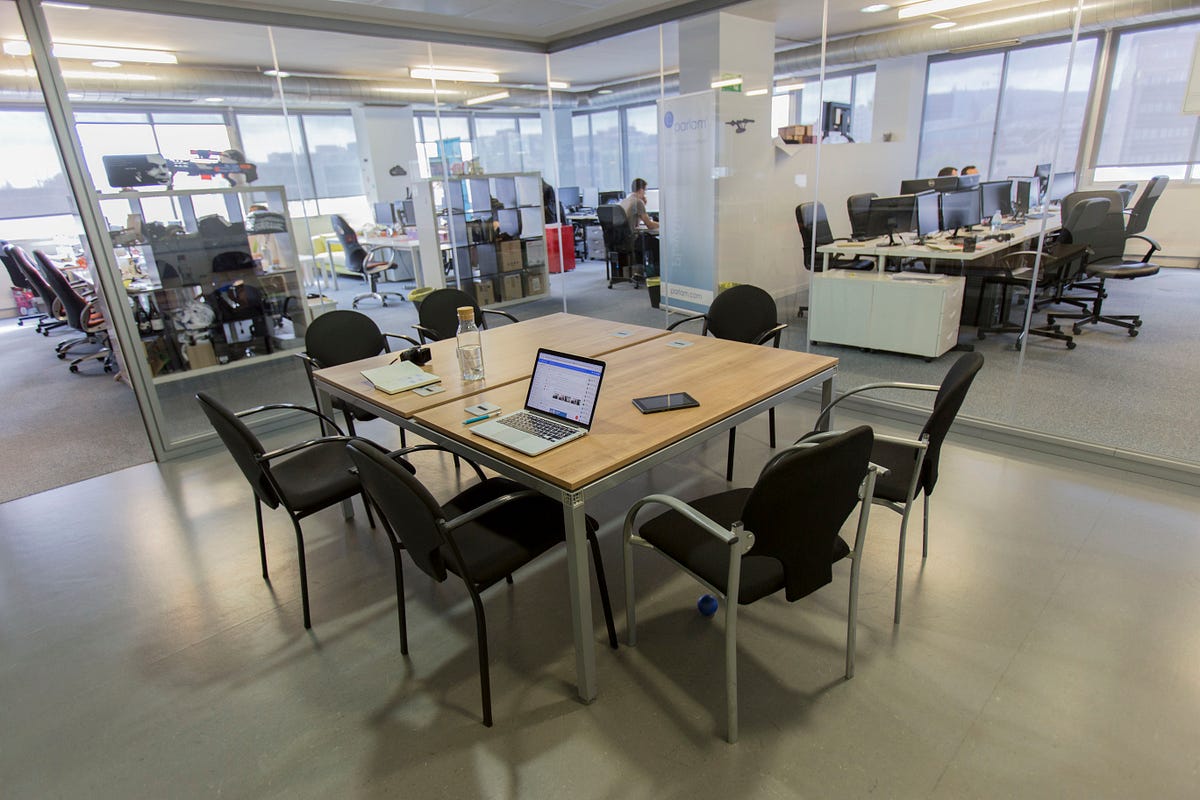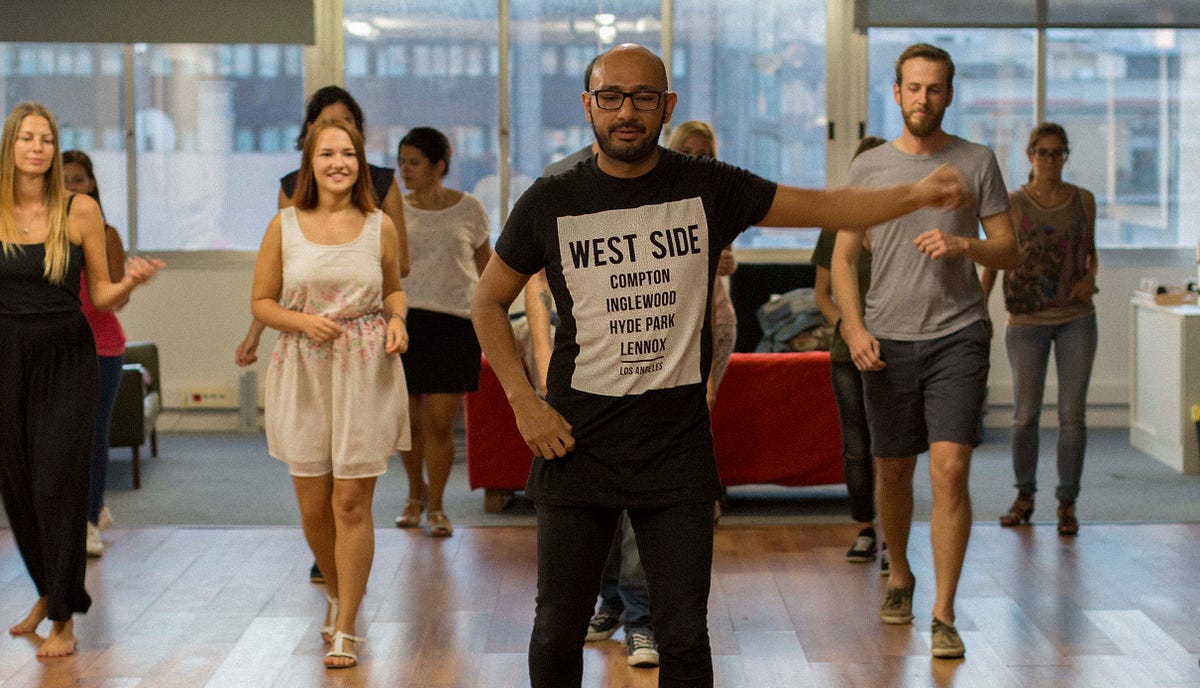Customers Go First — How To Improve Your Customer Satisfaction Score and Net Promoter Score
Many entrepreneurs, technologists and product managers will nod upon hearing this universal business truth: customers go first. In the end customers are the reason businesses exist, by adopting and paying for a company’s product or service.
The term “customer success” is a hot topic these days, and can mean various things, but below I’ll explain the term with the meaning — how your company interacts with customers to guarantee success for it after the interaction.
These five words and different topics are what we’ll try to identify in the text below (or the video above).
- Ask — Who, what and when to ask questions to improve your product.
- Listen — Summarize and organize the information and share it with the team.
- Measure — Connect trends with business objectives.
- Understand — Get insights from the information you’re receiving.
- Act — Make decisions to improve your product, service and customer experience.
CSAT
If you have a SaaS company or any kind of software company, you need to make sure the customers have a way to communicate with you.
In this communication, you need to think about what kind of user you want to open your lines of communication with, what kind of questions they should be answering and when they should do this.
To make sure your customers are happy, you should measure customer satisfaction rates (CSAT). You can rate it however you want, a normal way is by numbers, stars or faces with different expressions.
In SaaS products a good CSAT is 98 and above, and an acceptable score is 90. Everything else is bad. Because the customer usually is telling you what you’re doing wrong, it’s (usually) fairly easy to get a good score, just make sure you have a great customer service team, that’s key.
NPS
The juiciest part of the acronyms mentioned is Net Promoter Score (NPS).
It measures what kind of attitude your customer has towards your product. Only the 9th and the 10th best customers are promoters, which are the best customers you can hope for. These people will promote your product to people they meet. The neutrals in the middle, the 8th and the 7th, don’t do anything for you. And last, but not least, the detractors that represent the bottom 6 of your customer base. These people have a negative influence on your product or service.
You don’t need to be a Mensa member to understand that getting a good score can be pretty hard, when 60 percent of the bar is detractors.
The formula is: NPS = % of promoters – % of detractors.
So if you have 20 percent promoters, 50 percent neutral, and 30 percent detractors, you’ll have -10 in NPS score, which is really bad.
Some NPS problems are simple to fix, you need to segment the customer base and try to solve as many of the recurring customer-issues as possible. Other NPS related challenges take longer time and need bigger and more drastic changes to fix. After segmenting the customers, you need to group the feedback into components of your product and service, and put your team to work on item after the other.
Companies that takes NPS scores seriously, aim at scores between 60 and 80.
Listen, intensely and honestly
If you didn’t pick up that listening closely to your customer is extremely important, it’s time to note that done.
But listening and organizing the data isn’t enough alone. A customer that actually contacts you to give you feedback on your product or your service is valuable so make sure the people they speak to are understanding and empathic.
Don’t try to push other or cheaper products on a customer that contacts you about an issue. You have a valuable shot at solving important problems for your company, don’t ruin it by trying to sell them more stuff they don’t want.
To get any value from these processes, you need to share all the customer feedback with the team, not only to implement changes. You never know who might sit on solutions or ideas for improvement.
To get real life examples see the video above, where Jordi explains how Redbooth tackled some of their challenges with CSAT and NPS.
This post was transcribed by Sindre Hopland, media manager at itnig.





